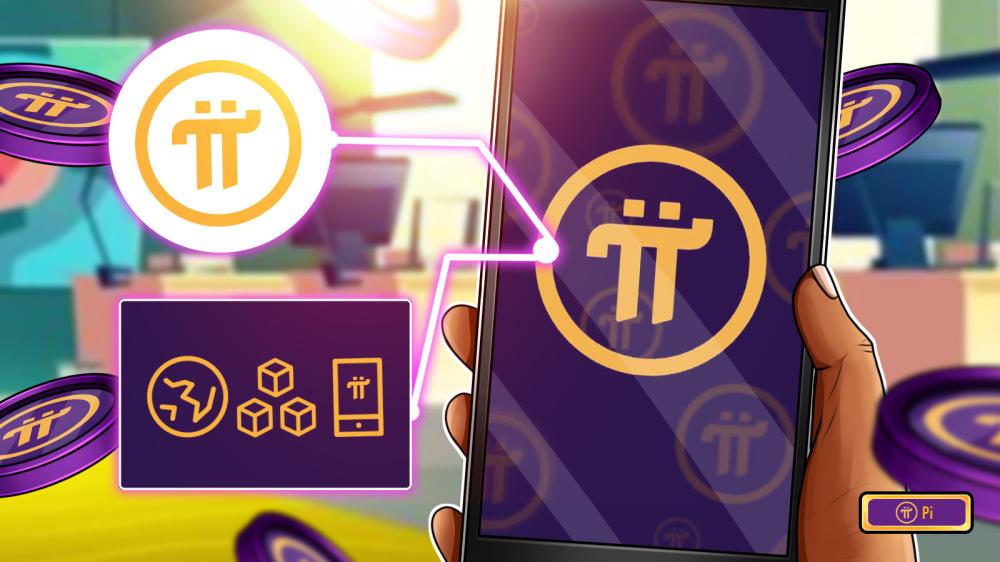We’re not done comparing Pi Network to other cryptocurrencies yet; this time, we’ll see how significantly this project varies from Litecoin, one of the first cryptocurrencies to ever emerge and closely follow Bitcoin and Ethereum.
In our previous comparisons, we looked at how Pi Network compared to Core DAO, Binance, Bitcoin, and Ethereum. In this article, we’ll go over some of the most significant contrasts between Pi Network and Litecoin.
A fork in the Bitcoin blockchain led to the creation of the cryptocurrency Litecoin (LTC) in 2011. It was initially created to allay the developer’s worries that Bitcoin was becoming more centralized and to make it harder for large-scale mining companies to dominate the mining process. Although it ultimately failed to stop commercial miners from monopolizing the majority of Litecoin mining, the cryptocurrency has now evolved into a mineable coin and a peer-to-peer payment system.
Pi Network and Litecoin have the following key similarities and distinctions:
1. Litecoin and Pi Network are both cryptocurrency mining projects.
2. Litecoin uses the proof-of-work consensus mechanism while Pi Network uses an adaptation of the Stellar Consensus Protocol (SCP).
3. A former Google programmer named Charlie Lee founded Litecoin in 2011, two years after Bitcoin, whereas Nicolas Kokkalis is the founder of Pi Network which was formally launched in 2019.
4. Due to the use of proof-of-work consensus, you can only mine Litecoin using a computer (solo mining) or in a group with other miners (a mining pool). Pi Network has an advantage over Litecoin in that it can be mined on smartphones and even computers.
5. One further significant distinction is that, while Pi Network’s native token Pi is currently in development, Litecoin (LTC) is already traded on exchanges.
What is Pi Network?
The Pi Network is a cutting-edge cryptocurrency project that is concentrated on the best crypto practices. The Pi Network was created to be publicly accessible to all users, in contrast to well-known cryptocurrencies like Bitcoin and Ethereum, which are growing more and more centralized. The network, which is totally powered by mobile technologies, is run by a group of prospective Stanford graduates.
The distributed ledger’s transactions are verified by the network using the Stellar Consensus Protocol. Users are able to mine Pi Coins using their smartphones, and once the coin is released, they can sell all of the coins they have already amassed.
On March 14, 2019, the project was officially launched, and since then, it has expanded. Nearly 30 million users are currently registered, which is a remarkable number.
What is Litecoin?
Litecoin (LTC) is a cryptocurrency that takes advantage of the special features of blockchain technology to offer quick, safe, and affordable payments.
The cryptocurrency was developed using the Bitcoin (BTC) system, although it differs from Bitcoin (BTC) in a few ways, including the hard cap, block transaction timeframes, and the hashing algorithm employed. With a block time of only 2.5 minutes and incredibly cheap transaction fees, Litecoin is ideal for point-of-sale transactions and microtransactions.
On October 7, 2011, Litecoin was made available as an open-source client on GitHub, and five days later, on October 13, 2011, the Litecoin Network went operational. Since then, it has experienced a meteoric rise in popularity and merchant acceptance, and for the most of its life, it has consistently been among the top ten cryptocurrencies by market capitalization.
Former Google employee Charlie Lee developed the cryptocurrency with the intention of making it lighter than Bitcoin.















